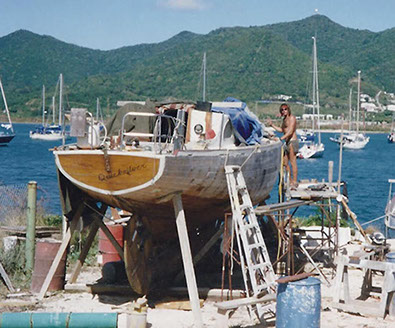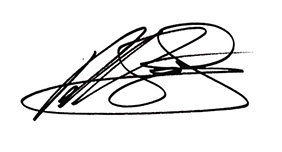ABOUT WILDWOOD
When man first had the notion to build something, it was wood that he used. This material has been appreciated for it’s versatility, it’s strength and it’s beauty since the dawn of time. More recently, as the forests of the planet have been squandered and consumer demands have shifted, our relationship with wood has changed. Whilst the market place still reflects a lingering, and innate desire for woods aesthetic, its need for conformity and mass production has led to the horror of box stores flooded with things that look like wood but possess none of woods ancient qualities. Press board furniture with wood grain paper skins, ready to fall apart at the first sniff of moisture or wear. Easy assemble tables and beds where the consumer is the first human to touch the material.
Clever design with unit cost as the driving factor has replaced notions of craftsmanship, quality, care and pride. The family dining table that outlives the kids is gone. Furniture is now disposable fashion, no more enduring or meaningful than a box store flyer. How many people, sitting at a restaurant, can even tell whether the table beneath them is made of wood?
Wildwood endeavours to keep alive an appreciation for the deep beauty of wood. As a sustainable product, wood has it’s challenges and consequently, every house will have it’s share of affordable cardboard furniture. But I believe that there should always be room for a few pieces that mean something more to the owner and add beauty and quality to the home.
I make stuff from wood. Predominantly from reclaimed wood. My pieces not only look like wood but they feel, smell and act like wood. They are original creations infused with integrity, quality and care. No assembly required.
THE WILDWOOD STORY
The first piece of furniture that I ever made was a table that should have been steering my newly acquired boat, across the azure blue waters of the Caribbean. It had been doing so a couple of years earlier, but had somehow found itself dried out, split apart and forgotten in the hot sand, below the bow of Quicksilver. As a I struggled against the flow to steer my destiny back toward the open sea, the abandoned rudder contrived with the tired wooden sloop, to move me ever further from the water and as the months turned into years in the shade beneath the hull, to guide me toward a yet unnoticed path that lay buried beneath the growing Woodpile that was once my home.
I still have the Rudder table and in so many ways, I will always have the boat. I don’t know how long the rudder had been calling me before I listened. As with huge ships out on the ocean some changes in direction are gradual, imperceptible yet irresistible. Quicksilver knew that I wasn’t to be a Mariner. I spent 8 years on the same Caribbean island, working on my boat, trying to get her back to the sea, as she repeatedly teased me into thinking that I was close to the prize only to playfully push me away once more.
 As I struggled to acquire the skills and knowledge needed to rebuild her, she gradually revealed herself to me always staying one step away and as the pile of discarded fragments grew alongside the hull, so, eventually, did the realization that I was becoming a woodworker and a boat builder. On the day that I finally saw beneath the sun-bleached oak of the dehydrated rudder for the first time I also truly saw what my relationship with Quicksilver was. And when I then saw the pile of twisted mahogany planks, cracked oak frames, and sawn off Sitka spas, as beautiful wood looking for a second chance, I knew that beneath it lay my path and that it didn’t lead to the sea.
As I struggled to acquire the skills and knowledge needed to rebuild her, she gradually revealed herself to me always staying one step away and as the pile of discarded fragments grew alongside the hull, so, eventually, did the realization that I was becoming a woodworker and a boat builder. On the day that I finally saw beneath the sun-bleached oak of the dehydrated rudder for the first time I also truly saw what my relationship with Quicksilver was. And when I then saw the pile of twisted mahogany planks, cracked oak frames, and sawn off Sitka spas, as beautiful wood looking for a second chance, I knew that beneath it lay my path and that it didn’t lead to the sea.
